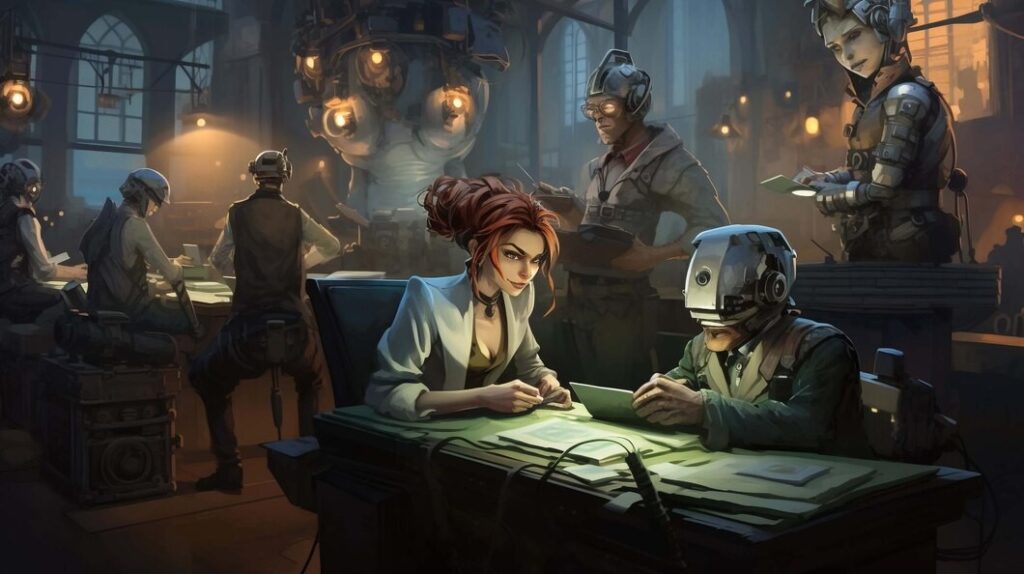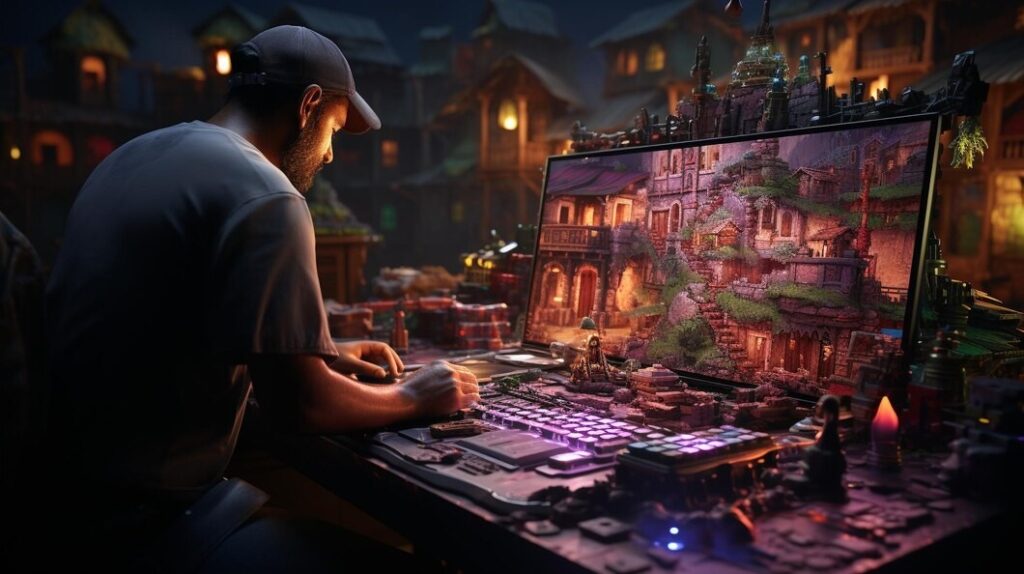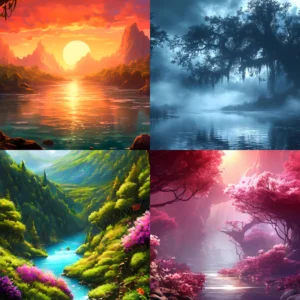
Games are more than just play; they are gateways to vivid worlds with their own stories and secrets. Unlike traditional storytelling tools that rely heavily on dialogue and text, video games offer a unique medium where art and environment do much of the talking. This shift towards visual storytelling is not just a trend but a transformative approach to engaging players and enriching their gaming experience. However, the challenge lies in effectively conveying a narrative through video game environments, ensuring that each element—from a rusted signpost to a bustling cityscape—tells a part of the story that words might not capture.
The Problem: Overlooking the Narrative Potential of Game Environments
Often in game development, the emphasis is placed predominantly on character design and development as well as plot progression through dialogue and action sequences. This can lead to underutilized environments, where settings serve merely as backdrops rather than integral elements of the story. The potential for environmental storytelling is vast, yet frequently overlooked, which can result in games that feel disconnected or lacking in depth. Players might traverse these beautiful but silent game environments without fully understanding the lore and narratives embedded within them, missing out on a richer, more immersive experience.
Enriching Player Experience Through Art and Design

To address the issue, it is proposed to use video game art for creating environments replete with narratives that speak directly to the player without having much dialogue. This method will not only engage the player emotionally but will also transform the art itself. Here is how game makers can adopt this approach:
Conscious Construction: Everything visible in the gaming environment must have a function that contributes to telling the story or setting the mood. For instance, an abandoned city’s layout, colors of the sunset or rotting billboards along highways could imply past occurrences, shifts in society or general feelings about life.
Cultural and Historical Allusions: Adding cultural symbols as well as historical references can bring depth into game spaces. These hints should help players figure out backstories and realize conflicts without being too obvious, thus enhancing their exploration and discovery process.
Objects with which one can interact: These features enable players themselves to become part of the narrative through immersive activeness within their surroundings while gaming. Such items may disclose lore or past events when manipulated, while others may change things so that stories move forward, making them seem more lively or responsive.
Consistency with details : For the illusion of continuity keep details constant throughout, otherwise minor disparities might jolt someone out of their suspended disbelief thus detracting from following plot lines. Carefully thought-out specifics also serve to capture players’ attention but also makes them love delving deeper into the tales being told.
A more holistic gaming experience can be provided to players if game developers use these techniques in turning their video game worlds into narrative vessels. In addition to making one’s mark in a saturated industry, it also sets a high bar for what can be done with games as storytelling art forms.
Exploring New Realms in Gaming with GlobalStep
What is the importance of art in environmental storytelling as the gaming world steadily grows? We realize at GlobalStep that carefully planned and executed video game design has the power to change everything. Our aim is not just creating worlds which are only meant for gameplay but those where each part serves as a tale connected with others within it.
Designing the Future of Gaming

The path from idea to reality for any developed piece can be quite complicated, filled with numerous challenges . With an emphasis on telling stories through environments themselves, developers now have the chance to build worlds more engaging than ever before while drawing audiences deeper into them. At GlobalStep we provide necessary tools and knowledge to foster innovation while ensuring captivation always remains at the core of every creation made.
Using environmental storytelling can be both an artistic and a tactical decision because it helps players feel more involved with the game. This makes routine interactions seem like exciting adventures.
IDiscover how we can together create new standards for narrative design within video games by contacting GlobalStep




